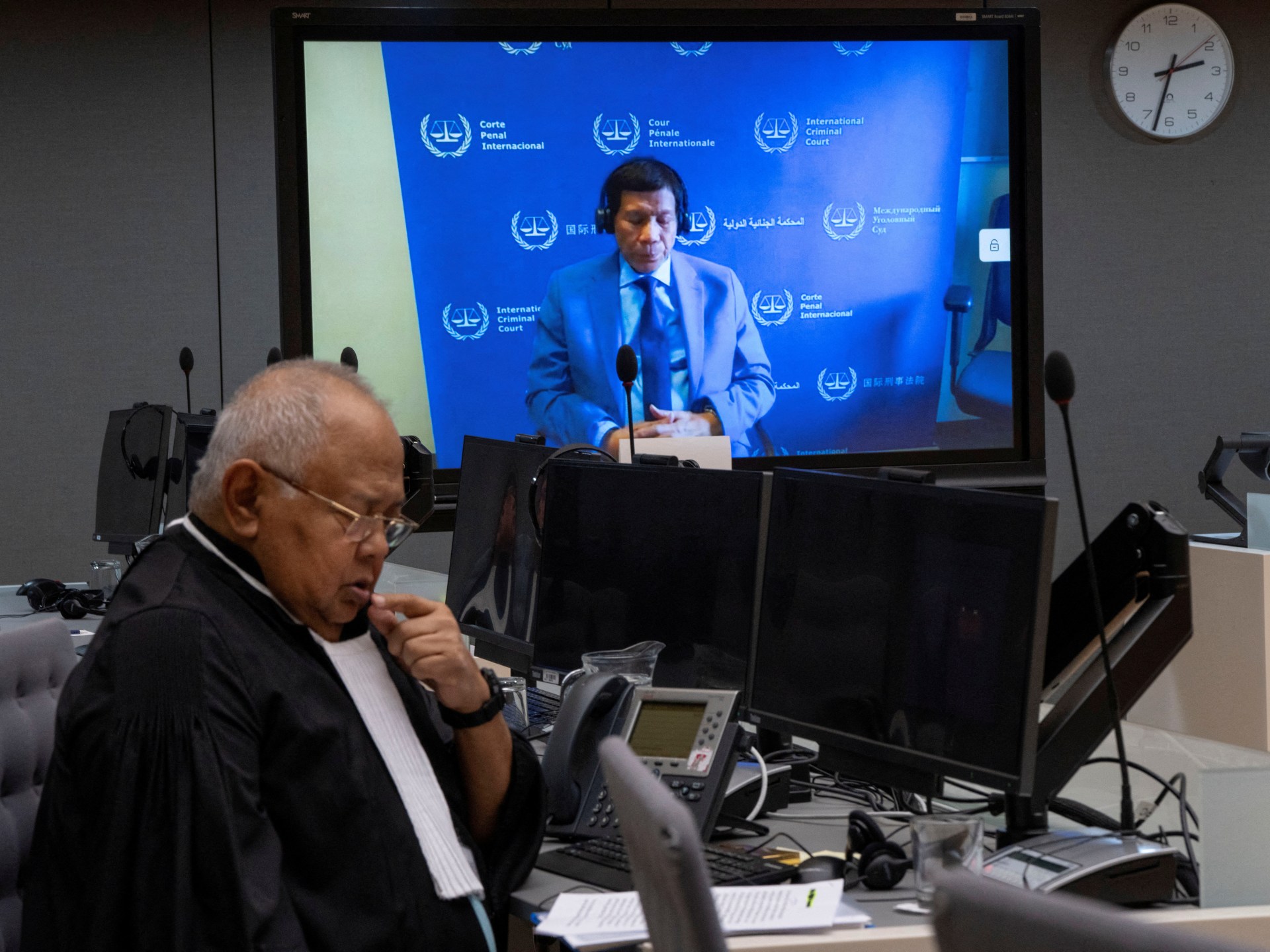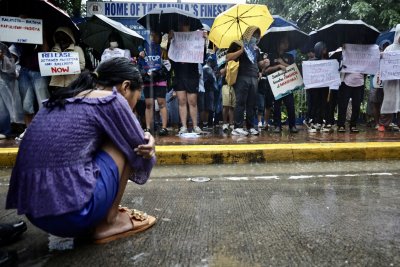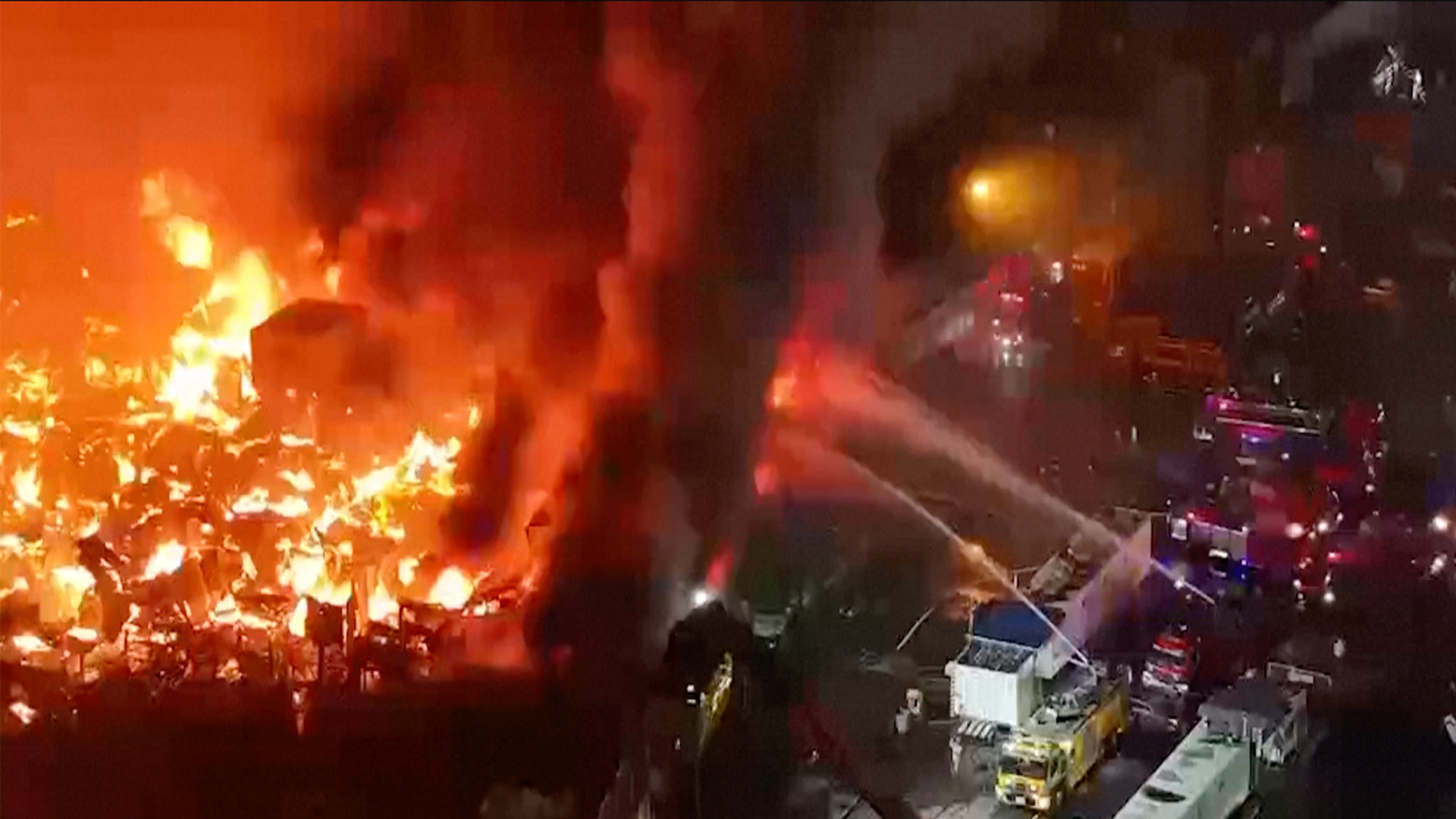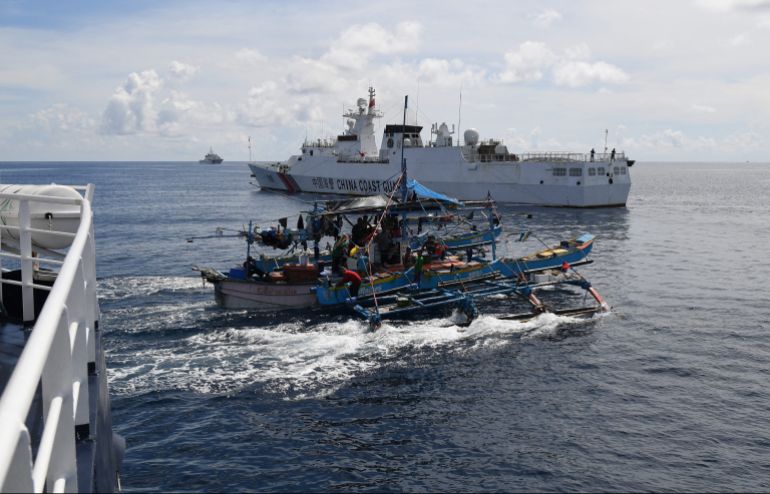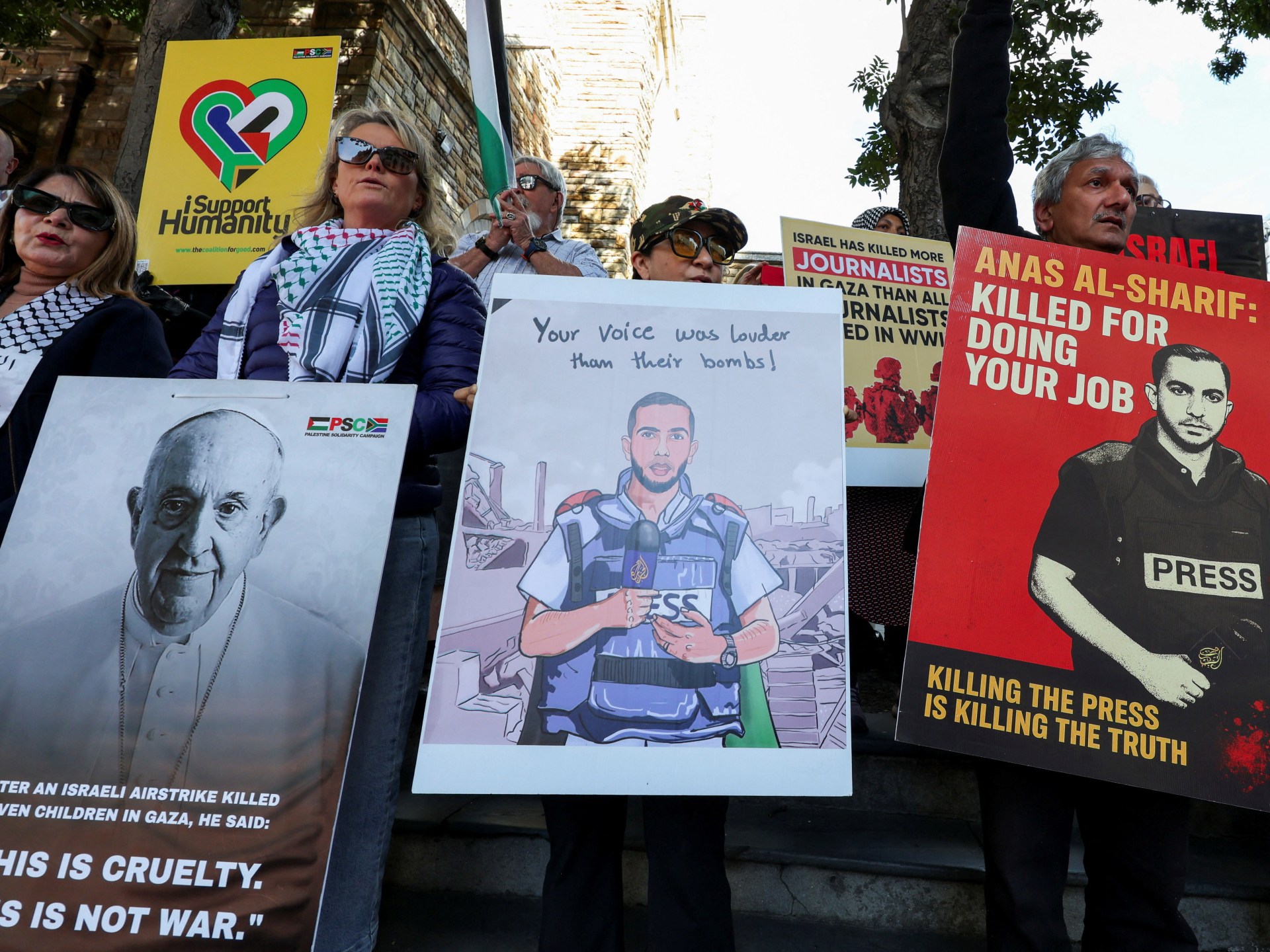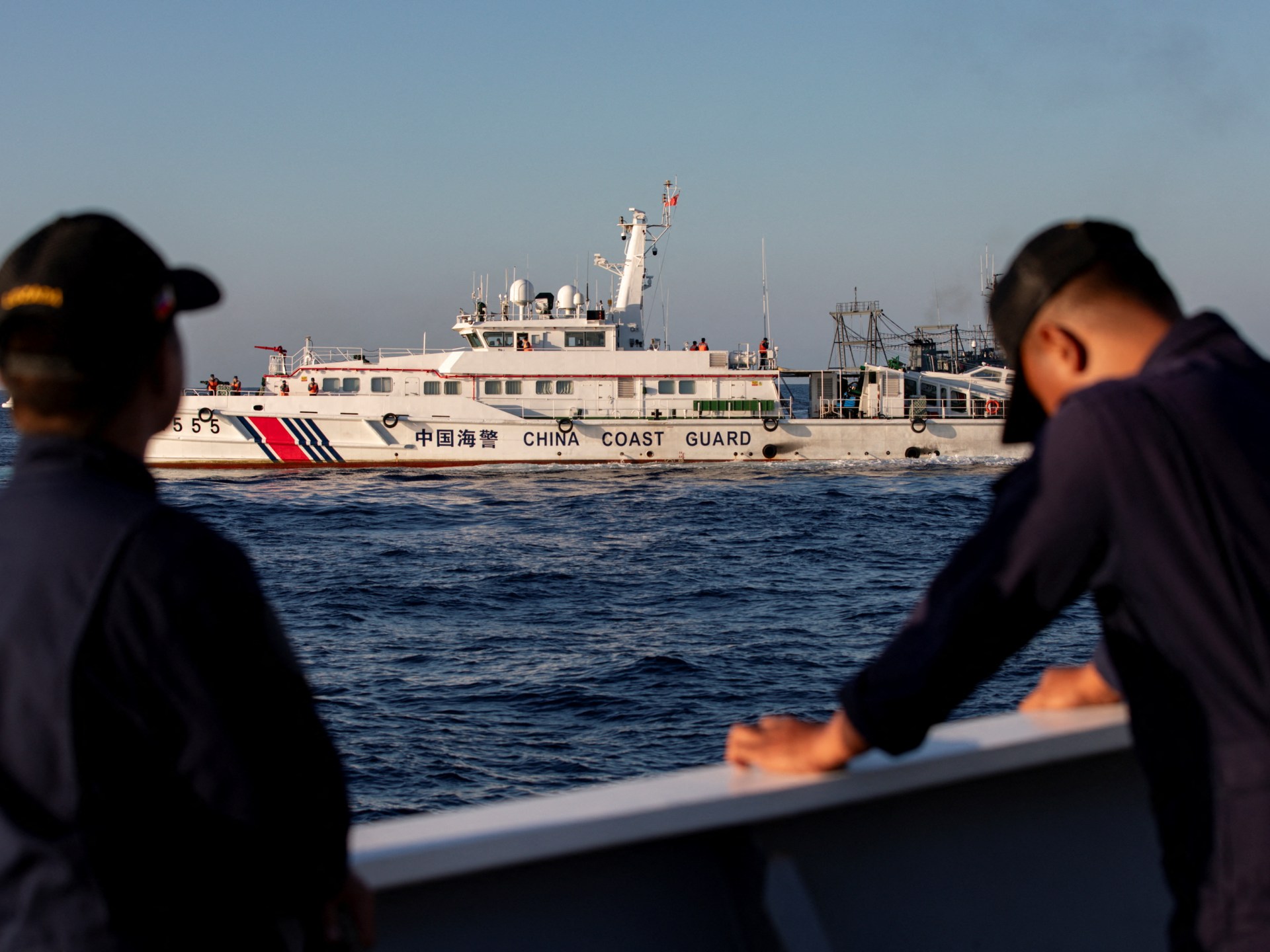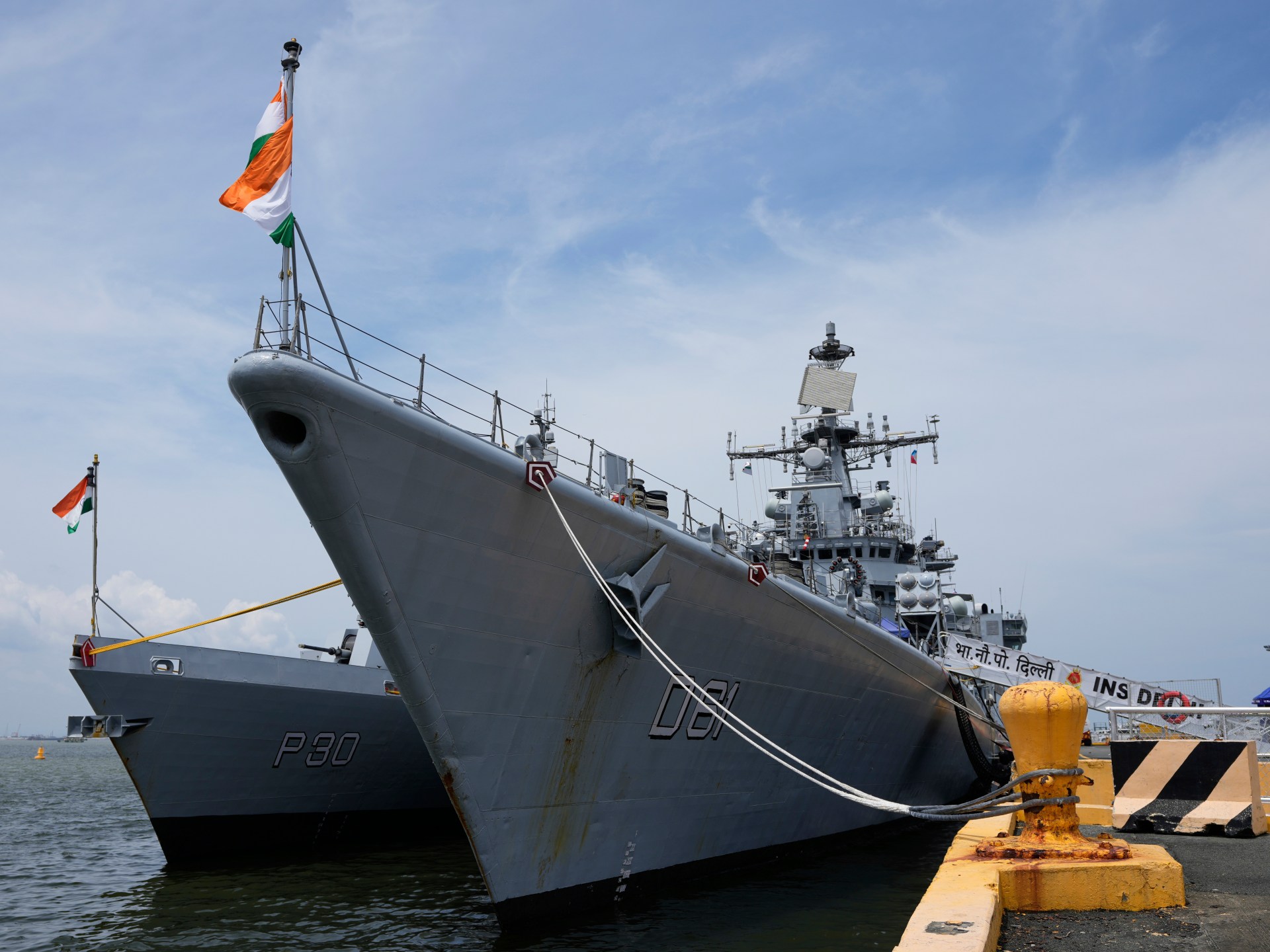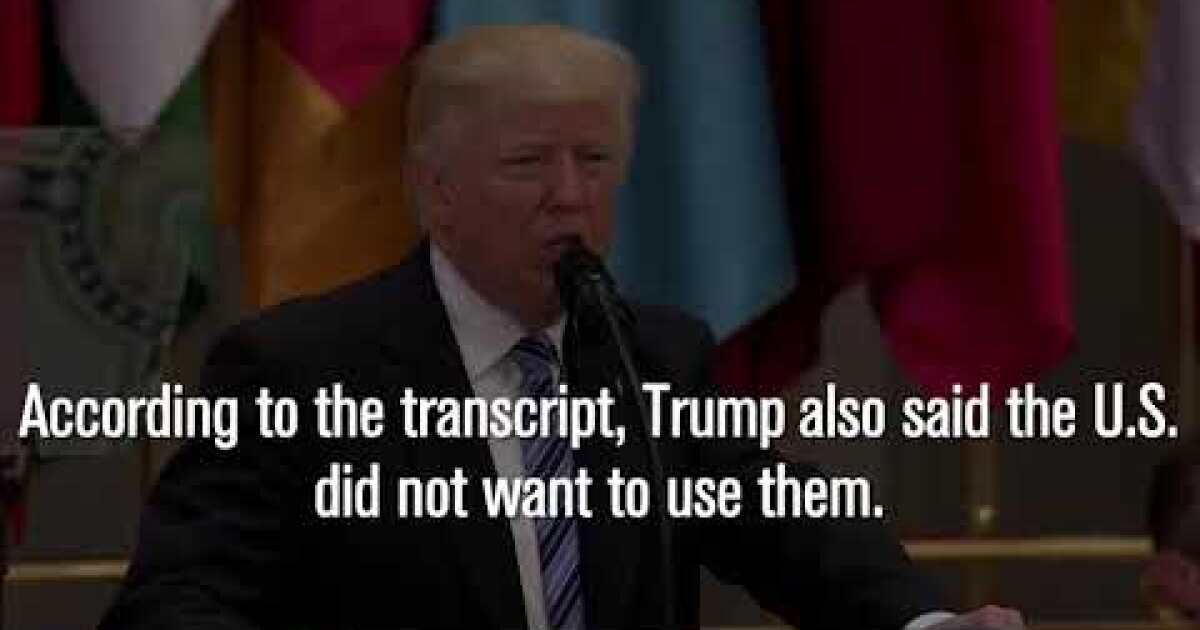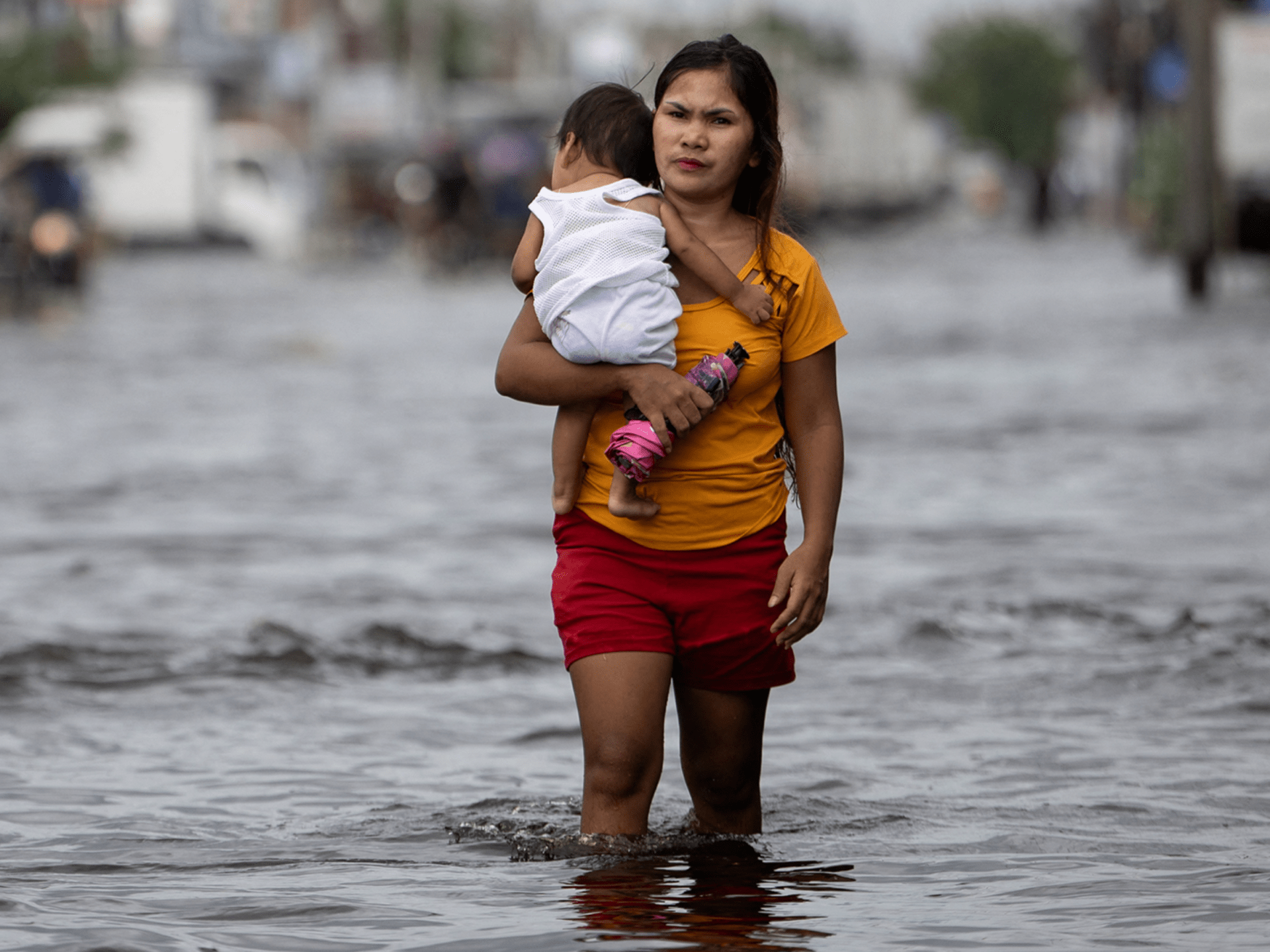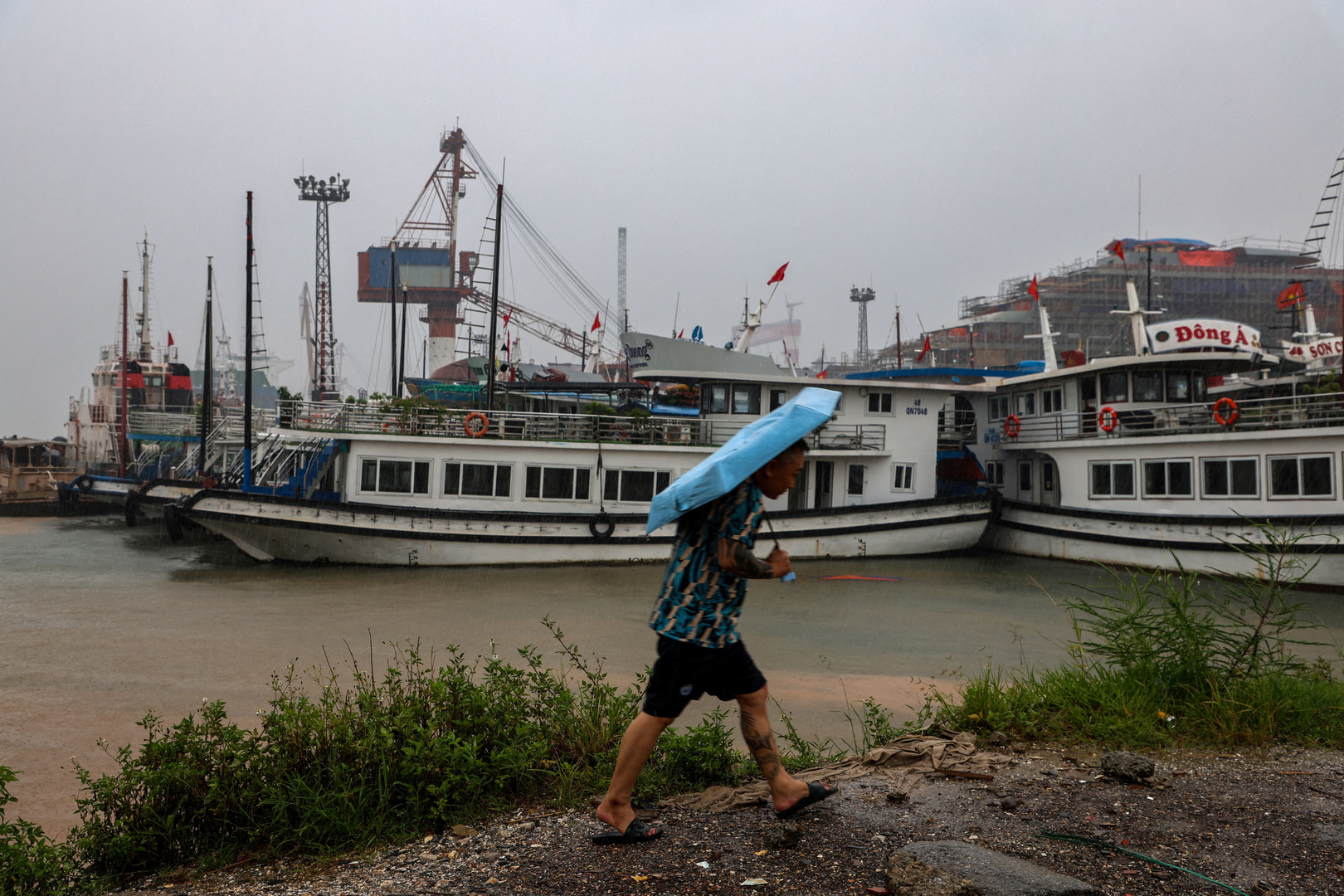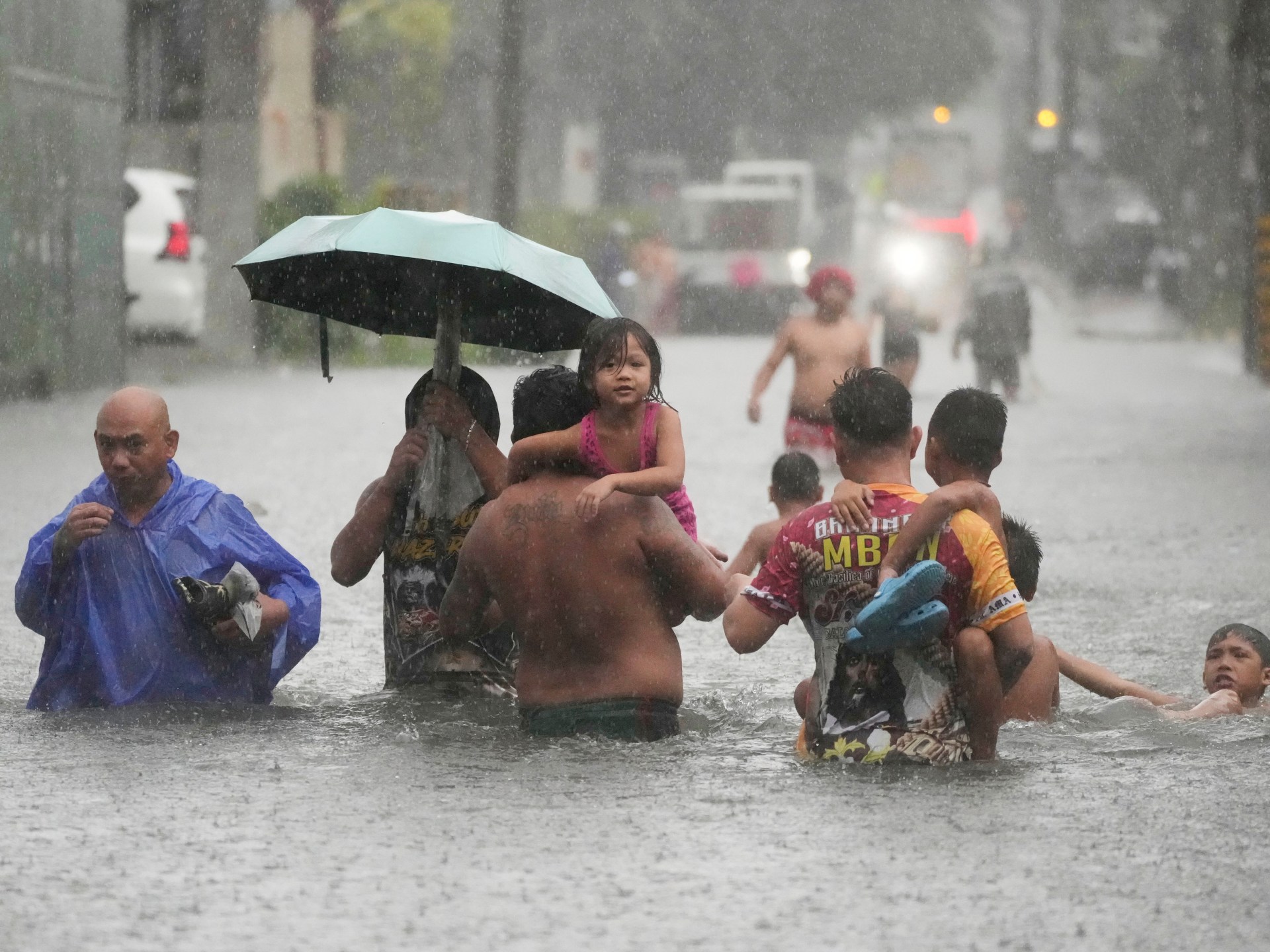Protests and vigils have taken place around the world in support of Palestinians suffering in Gaza and to pay tribute to the four Al Jazeera journalists and two freelancers killed by Israel in the besieged enclave in a deliberate targeted assassination on Sunday.
Journalists, students, activists and members of civil society – notably in Cape Town, South Africa; Manila, the Philippines; and London, the United Kingdom – held the protests on Wednesday to call on their governments to put pressure on Israel to allow international media into Gaza and bring an end to Israel’s genocidal war there.
Late on Sunday, Al Jazeera correspondents Anas al-Sharif and Mohammed Qreiqeh, along with cameramen Ibrahim Zaher and Mohammed Noufal, were killed in an Israeli strike that had targeted their media tent located by al-Shifa Hospital in Gaza City.
Al-Sharif had been one of Gaza’s most recognisable faces for his constant reporting of the reality on the ground since Israel’s war on Gaza began following the Hamas-led October 7, 2023 attacks on southern Israel.
Israel’s war on Gaza has killed at least 61,722 people and wounded 154,525. An estimated 1,139 people were killed in Israel during the October 7, 2023, attacks in southern Israel, and more than 200 were taken captive.
Nearly 270 Palestinian journalists and media workers have been killed by Israel since the war began.
South Africa
Members of civil society and journalists gathered at St George’s Cathedral in Cape Town on Wednesday to express their anger at al-Sharif’s murder, sporting placards with one reading “your voice was louder than their bombs”.
The location is significant, said Al Jazeera’s Fahmida Miller, reporting from Cape Town, as “it’s been an important signal against oppression here in South Africa, especially during the decades of apartheid”.
The people gathered here “have condemned what Israel has done”, Miller said.
“They want the entry of international journalists into Gaza in addition to the work being done by Palestinian journalists,” she said. “People here are angry.”
Journalist Zubeida Jaffer told Miller, “I was one of the journalists who were targeted, you know those media that documented apartheid, so this really resonates with me.”
Miller said, “The South African government has previously condemned the killing of journalists in Gaza, specifically in 2022 when Shireen Abu Akleh was killed. The South African government had said it was a violation of international law.”
Abu Akleh was a Palestinian-American journalist who worked as a reporter for 25 years for Al Jazeera, before she was killed by Israeli forces while covering a raid on the Jenin refugee camp in the Israeli-occupied West Bank.
In December 2023, South Africa brought a case before the International Court of Justice, accusing Israel of committing genocide in the Gaza Strip.
United Kingdom
Reporters belonging to the UK branches of the National Union of Journalists paid their respects on Wednesday to the slain Al Jazeera workers outside the prime minister’s residence at Number 10 Downing Street, said Al Jazeera’s Jonah Hull, reporting from London.
The reporters, holding placards bearing the names of journalists killed since Israel’s war on Gaza began, read out the names of each journalist that appeared on their placard and “symbolically, recited Islamic funeral prayers” for those killed on Sunday, said Hull.
Those present “have really condemned the British government … talking about its complicity in what is going on in Gaza, for not doing more and speaking out more,” said Hull.
While British Prime Minister Keir Starmer on Monday “talked about his grave concern” about the killings of the Al Jazeera journalists, those present on Wednesday “want outright condemnation and nothing less”, said Hull.
“They also want the government to take firm steps to pressure the Israeli government to ensure the safety of journalists in Gaza, importantly to allow international journalists into Gaza to be able to work freely there and for an independent investigation to be carried out by … the International Criminal Court in order to provide justice and accountability for those involved.”
Last week, Starmer condemned Israel’s plans to take over Gaza City, saying they were “wrong” and “will only bring more bloodshed”. He has also announced that the UK will recognise a Palestinian state in September unless Israel meets certain conditions, including agreeing to a ceasefire in Gaza and reviving the prospect of a two-state solution.
Philippines
Students, campus journalists and activists gathered at the University of the Philippines on Wednesday to express outrage at the killing of the Al Jazeera journalists.
They say “the attack … is a deliberate cover-up by Israel of its crimes against humanity” in the Gaza Strip, said Al Jazeera’s Barnaby Lo, reporting from Manila.
“They also describe the accusation that Anas al-Sharif, one of the most prominent voices reporting from within Gaza, is a member of Hamas is baseless,” said Lo, noting that protesters say “this is an age-old tactic used by governments who are bent on silencing the truth”.
“Any imperialist power … will choose a scapegoat to use as a pretext, however false it is,” campus journalist Karl Patrick Suyat told Lo.
These protesters also gathered to urge “the international community to ramp up pressure on Israel to stop its genocide, including for the Philippine government to cut its trade and defence ties with Israel”, said Lo.
The Philippines is the third-largest importer of Israeli weapons.
In June, the Philippines voted in favour of a United Nations General Assembly resolution demanding an immediate and lasting ceasefire in Gaza. This resolution also condemned Israel’s use of starvation as a weapon of war and called for Israel to lift its blockade on humanitarian aid in Gaza.
